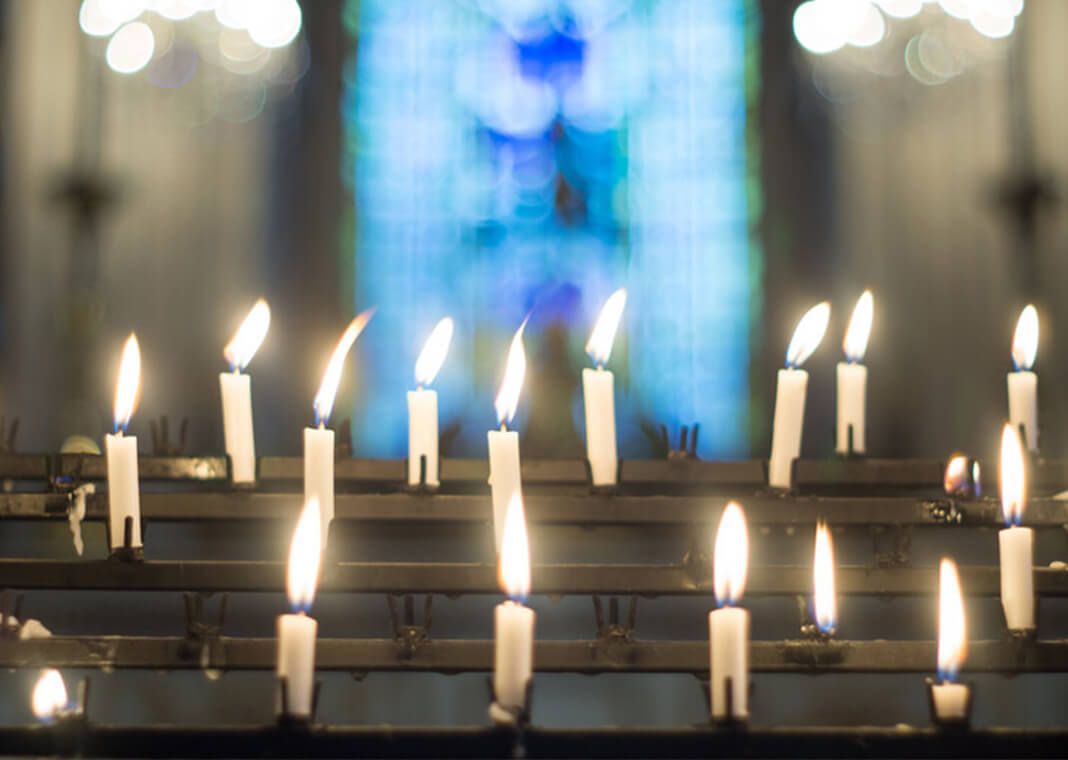Editor’s word: Throughout July, we’re internet hosting 31 Days with St. Ignatius, a month-long celebration of Ignatian spirituality. In addition to the calendar of Ignatian articles discovered right here, posts on dotMagis this month will discover the Ignatian Year theme, “To see all things new in Christ.”
What if, in our prayer to see all issues new in Christ—the theme of this Ignatian Year—we start with ourselves?
As I ponder this prayer, I’m aware of the Gospel passage:
“The eye is the lamp of the body. So, if your eye is healthy, your whole body will be full of light; but if your eye is unhealthy, your whole body will be full of darkness. If then the light in you is darkness, how great is the darkness!” (Matthew 6:22–23)
Jesus appears to be suggesting {that a} prerequisite for residing a holy life is having the correct of self-regard. So in praying to see ourselves new in Christ, we ask God to assist us to see ourselves the best way that God in God’s personal goodness sees us: created out of beneficiant love to do some good in the world, nonetheless damaged the world could also be.
To be certain, this prayer may be very totally different from the type of selfishness that somebody like Augustine warns us towards in his work, The City of God. For him, there are two cities, one involving love of self, even to the contempt of God, and the opposite involving the love of God, even to the contempt of self. (XIV.28)
The former temptation is simple in a world that exalts the person, remoted self; it manipulates our anxieties and our needs in order that we’d buy, eat, and throw away. Excessive love of self creates a darkness that may obscure God’s gentle in us.
Yet even the latter represents a temptation towards a false delight, a poor love of self. It strikes us towards martyr complexes of assorted types and a willingness to change into, because it have been, “doormats.” There is a false love of God that may look moderately like piety—an perspective which Ignatius himself critiqued in a letter to younger Jesuits in Coimbra.
So what, then, will we pray for once we pray to see all issues new in Christ? I can consider no higher place to begin than Ignatius’s personal Suscipe: “Take, Lord, and receive all my liberty, my memory, my understanding, and my entire will, all I have and call my own.” This is a prayer of gratitude, of response to the reward of God’s grace. As such, it displays each aware reception of God’s free reward and equally aware donation of 1’s self again to the Creator.
The prayer continues: “You have given all to me. To you, Lord, I return it. Everything is yours; do with it what you will. Give me only your love and your grace, that is enough for me.” We pray that God will, in granting us love and beauty, open up for us the sluggish, gradual technique of coming to see ourselves—even in our sinfulness and finitude—as able to doing what is sweet, true, and exquisite, no matter the place now we have come from and what now we have beforehand accomplished.
As we close to the top of this 12 months’s 31 Days with St. Ignatius, take into account Six Lessons from a Cannonball Diagnosis by Lisa Kelly. Use the hashtag #31DayswithIgnatius in your favourite social media to share your cannonball second.

